To tie in with our review of her Berlioz CD, Tabea Zimmermann shares her wisdom on getting the most out of your practice
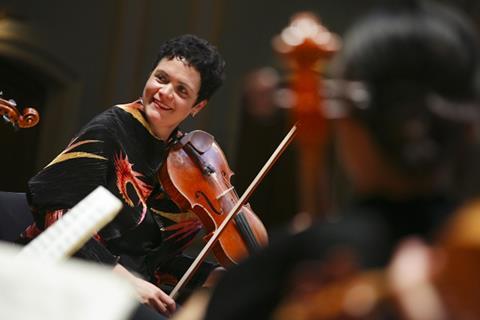
1. Imagine the character of the piece
I think everyone should spend quite a lot of time on this before picking up their instrument: imagining every phrase, every note. It sounds simple, but actually most people approach a new work by playing it, and then trying to play it better.
It’s very focused mental work - imagining an ideal sound and then trying, through certain exercises, to get as close to that ideal as possible; and what’s more, trying to be so precise in our imagination that it allows us to be stronger than the weaknesses we have on our instrument.
2. Slow practice
I’m absolutely fanatical about this: examining your playing as though through a microscope. Sometimes I play a game with my students: I say, ‘I hear something you don’t hear’, and they have to figure out what it is.
Slow practice isn’t easy; you need a lot of patience, and it can be frustrating to think that you’re not moving forward. But every little detail that you notice and work on will serve you in the next ten pieces you play.
And if, once you’ve sped up, you manage to implement even 80% of what you’ve managed to do at a slower tempo, you will have achieved a great deal.
3. Think about context
It’s important always to start by looking for the maximum dynamic in the piece you’re playing, and then pace your expression according to the bigger picture, rather than simply launching in with your vibrato set to maximum. Otherwise everything ends up sounding the same. In a similar vein, I like to give my students an easy bowing rule: to make one bar equal one bow, which allows you to view the work’s rhythmical details within a larger context, and to pace your bow distribution accordingly.
4. Set the metronome to mark the off-beat
This is an exercise that I took from Hindemith. It’s very difficult to feel the real pulse if your metronome plays on the off-beat, but it trains you to react as though to another instrumentalist. It helps to strengthen your feeling for the real beat and it brings your attention to the weaker beats that we sometimes treat rather sloppily.
5. Recycle your energy
The aim, whatever the character of the piece you’re playing, is always to use the minimum effort to get the maximum result. Even if you’re playing a work with a massive sound, you want to expend the minimum amount of energy to achieve that sound. And that means always anticipating what is coming in order to eliminate all useless movements, or in other words, using the impulse of what happened four bars ago.
Let’s say you end a phrase at the tip of the bow and the next entrance is in the lower part of the bow after a rest. If you connect it with a round movement, you will get there far more easily than if you stop and start again with a new energy. Doing this brings a flow to your playing, and, because it feels easier, you can play for longer and you don’t get tense. Implementing this is something that can be done in slow practice.
6. Keep your options open
As far as fingerings and bowings are concerned, I would suggest practising as many options as possible, and narrowing them down much later in the practising process. Don’t write bowings into parts immediately. Instead, imagine the phrase. Imagine it played on another instrument. Sing it. And when you do finally play it, try it first in a way that feels most natural to you, and then make it more complicated.
When I learn something for the first time, I make a photocopy of my real part and use that to write in fingerings and bowings. Then when I play it again, I start once more with an empty part, and look for new solutions. It’s much more fun than going through the same motions every time. Why make things easy? They are complex. And if we are talking about playing masterpieces, then an easy solution is probably not the best one.

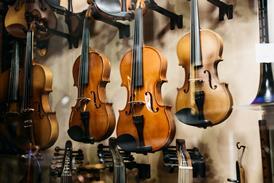



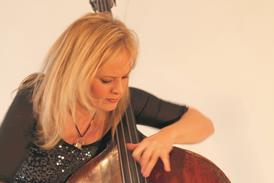
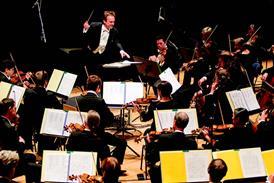




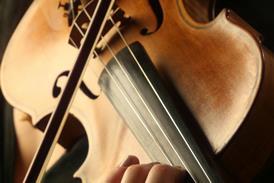

















1 Readers' comment